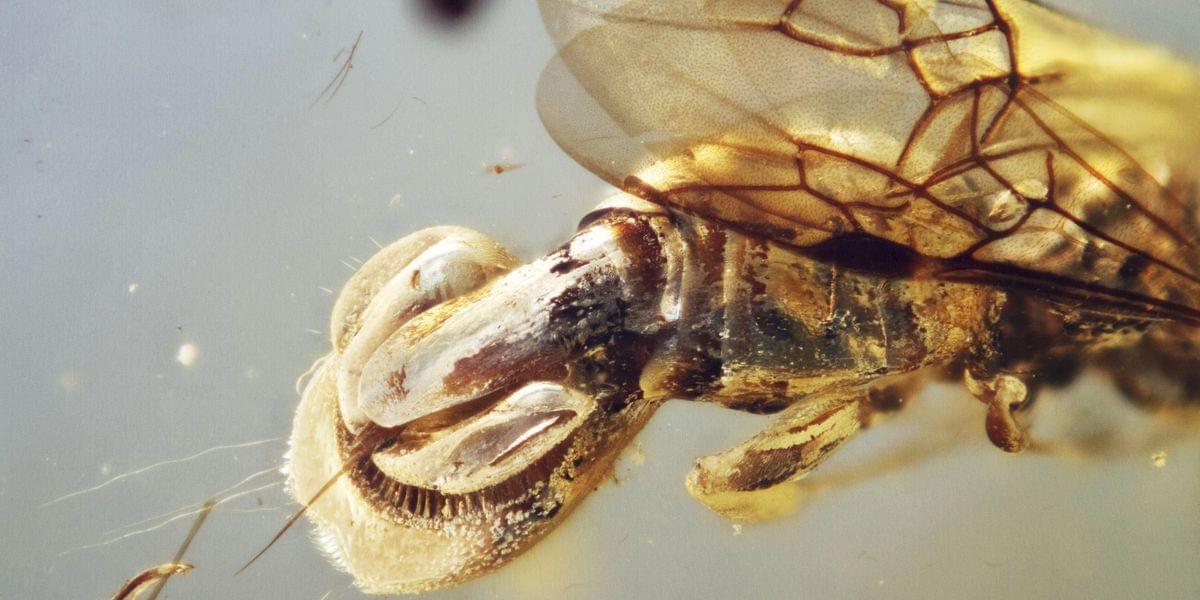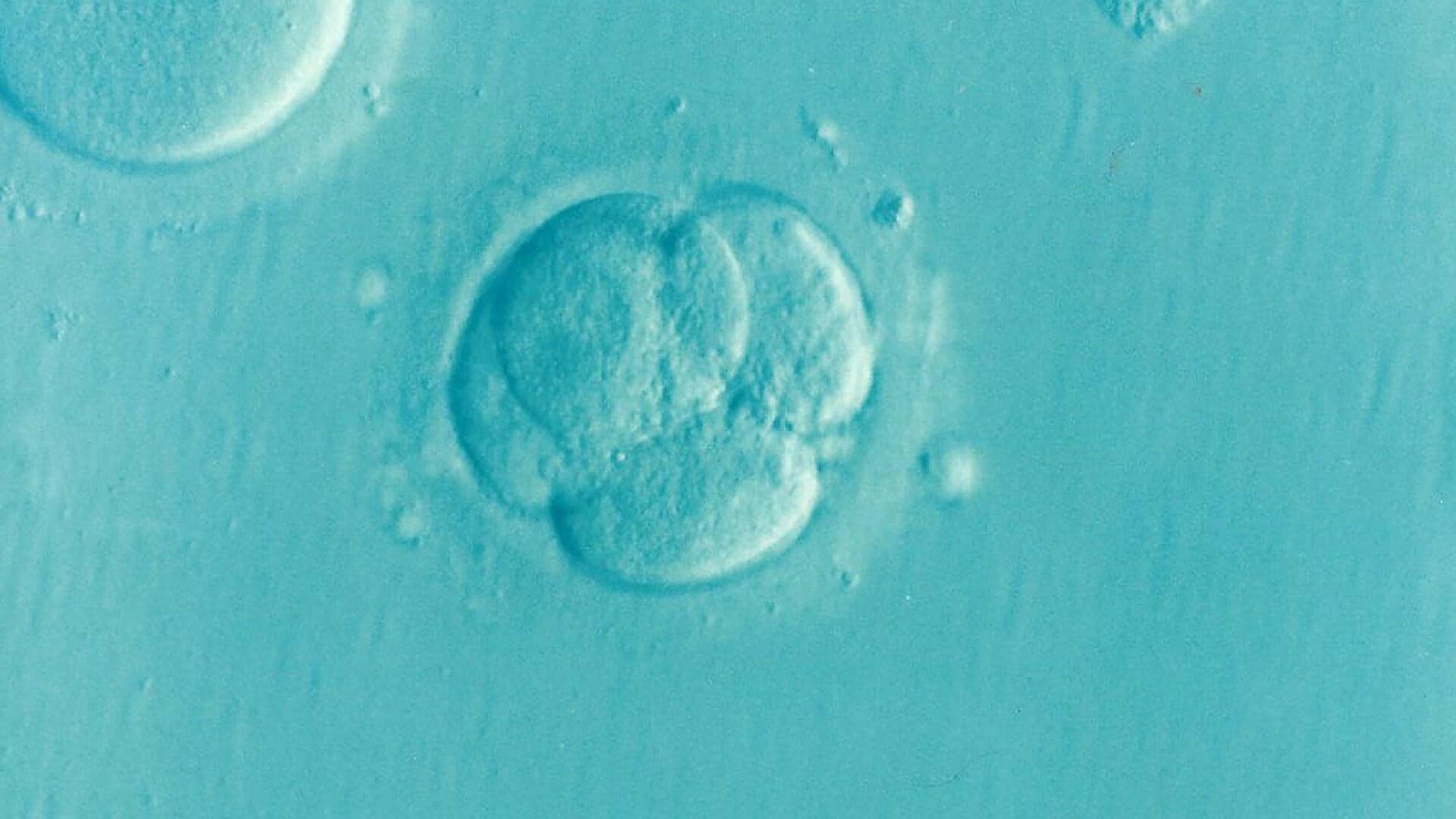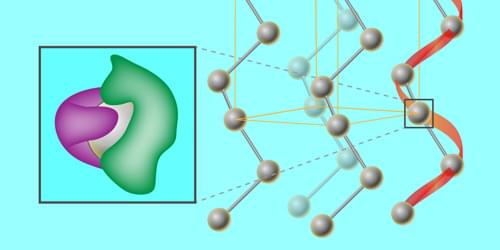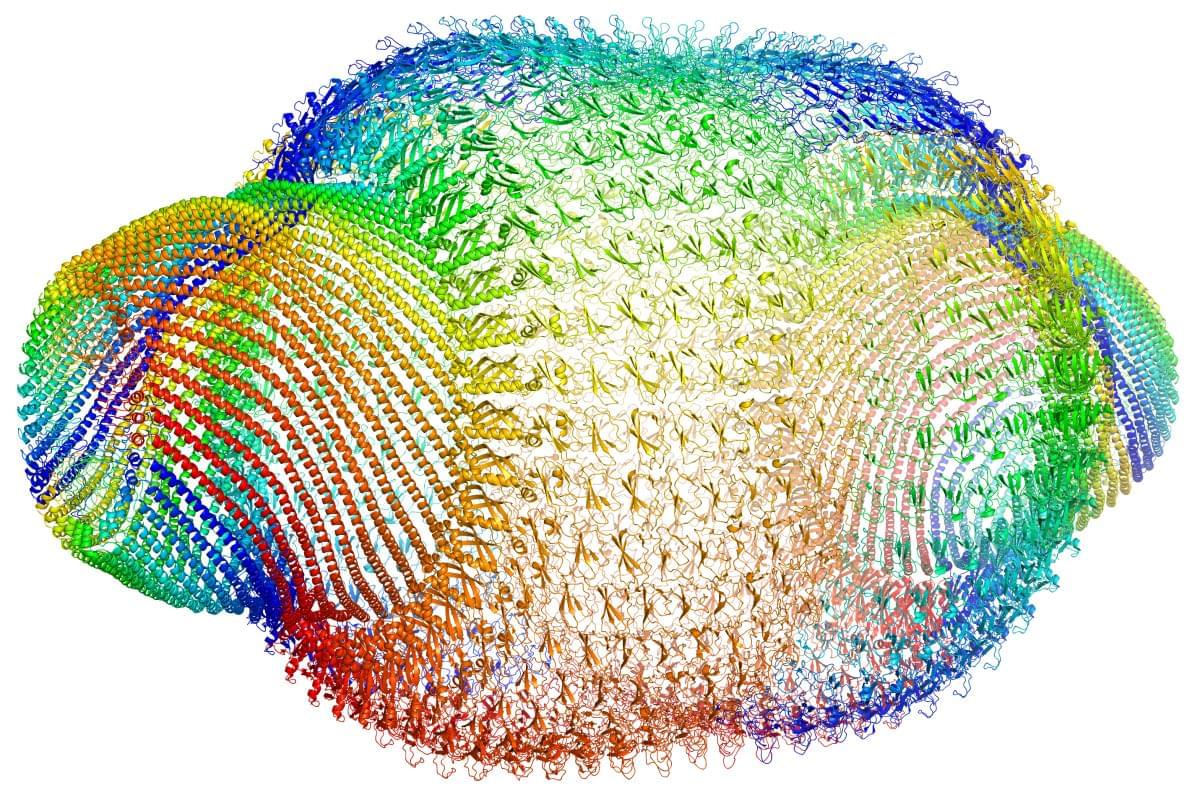A novel suggestion that complexity increases over time, not just in living organisms but in the nonliving world, promises to rewrite notions of time and evolution.



We know dinosaurs were around 99 million years ago, but now new research has identified a kind of parasitic wasp that was flying around back then (and which has a strange way of catching its prey).
The species now called Sirenobethylus charybdis had a bizarre mechanism that worked like a Venus flytrap which caught the prey, and then the wasps impregnated them with their eggs, researchers noted in the journal BMC Biology.
As research continues, the term “bird brain” no longer carries a negative connotation. Avian researcher John Marzluff showcases a few amazing, problem solving (and sometimes vindictive) feats accomplished by crows in order to break down common misconceptions about avian intelligence.
John Marzluff, Ph.D., is the James W. Ridgeway Professor of Wildlife Science at the University of Washington. His research has been the focus of articles in the New York Times, National Geographic, Audubon, Boys Life, The Seattle Times, and National Wildlife. PBS’s NATURE featured his raven research in its production, “Ravens,” and his crow research in the film documentary, “A Murder of Crows”. His graduate and initial post-doctoral research focused on the social behavior and ecology of jays and ravens. He was especially interested in communication, social organization, and foraging behavior. His current research brings this behavioral approach to pressing conservation issues including raptor management, management of pest species, and assessment of nest predation.
His book, In the Company of Crows and Ravens (with Tony Angell, 2005 Yale U. Press) blends biology, conservation, and anthropology to suggest that human and crow cultures have co-evolved. This book won the 2006 Washington State Book Award for general nonfiction. With his wife, Colleen, he has published Dog Days, Raven Nights (2011 Yale University Press), which combines reflection with biology and the recreational pursuit of dog sledding to show how a life in science blooms. Gifts of the Crow (2012 Free Press) applies a neurobiological perspective to understand the amazing feats of corvids. He is a member of the board of editors for Acta Ornithologica, Landscape Ecology and Ecological Applications. Currently leader of the U.S. Fish and Wildlife Service’s Recovery Team for the critically endangered Mariana Crow, he is also a Fellow of the American Ornithologist’s Union.
In the spirit of ideas worth spreading, TEDx is a program of local, self-organized events that bring people together to share a TED-like experience. At a TEDx event, TEDTalks video and live speakers combine to spark deep discussion and connection in a small group. These local, self-organized events are branded TEDx, where x = independently organized TED event. The TED Conference provides general guidance for the TEDx program, but individual TEDx events are self-organized.* (*Subject to certain rules and regulations)
Our earliest models of reality were expressed as static structures and geometry, until mathematicians of the 16th century came up with differential algebra, a framework which allowed us to capture aspects of the world as a dynamical system. The 20th century introduced the concept of computation, and we began to model the world through state transitions. Stephen Wolfram suggests that we may be about to enter a new paradigm: multicomputation. At the core of multicomputation is the non-deterministic Turing machine, one of the more arcane ideas of 20th century computer science. Unlike a deterministic Turing machine, it does not just transition from one state to the next, but to all possible states simultaneously, resulting in structures that emerge over the branching and merging of causal paths.
Stephen Wolfram studies the resulting multiway systems as a model for foundational physics. Multiway systems can also be used as an abstraction to understand biological and social processes, economic dynamics, and model-building itself.
In this conversation, we want to explore whether mental processes can be understood as multiway systems, and what the multicomputational perspective might imply for memory, perception, decision making and consciousness.
About the Guest: Stephen Wolfram is one of the most interesting and least boring thinkers of our time, well known for his unique contributions to computer science, theoretical physics and the philosophy of computation. Among other things, Stephen is the creator of the Wolfram Language (also known as Mathematica), the knowledge engine Wolfram|Alpha, the author of the books A New Kind of Science and A Project to Find the Fundamental Theory of Physics, and the founder and CEO of Wolfram Research.
We anticipate that this will be an intellectually fascinating discussion; please consider reading some of the following articles ahead of time:
The Concept of the Ruliad: https://writings.stephenwolfram.com/2021/11/the-concept-of-the-ruliad/

To Shakespeare’s Hamlet, we humans are “the paragon of animals.” But recent advances in genetics are suggesting that humans are far from being evolution’s greatest achievement.
For example, humans have an exceptionally high proportion of fertilized eggs that have the wrong number of chromosomes and one of the highest rates of harmful genetic mutation.
In my new book, “The Evolution of Imperfection,” I suggest that two features of our biology explain why our genetics are in such a poor state. First, we evolved a lot of our human features when our populations were small, and second, we feed our young across a placenta.

A new framework for studying chiral materials puts the emphasis on electron chirality rather than on the asymmetry of the atomic structure.
Chirality is a fundamental feature of nature, manifesting across scales—from elementary particles and molecules to biological organisms and galaxy formation. An object is considered chiral if it cannot be superimposed on its mirror image. In condensed-matter physics, chirality is primarily viewed as a structural asymmetry in the spatial arrangement of atoms within a crystal lattice [1]. A perhaps less familiar fact is that chirality is also a fundamental quantum property of individual electron states [2]. Now, Tatsuya Miki from Saitama University in Japan and colleagues introduce electron chirality as a framework to quantify symmetry breaking in solids, focusing on chiral and related axial materials [3]. The researchers propose a way of measuring electron chirality with photoemission spectroscopy.

Everything in nature has a geometric pattern—from the tiger’s stripes and spirals in flowers to the unique fingerprints of each human being. While these patterns are sometimes symmetrical, most of such patterns lack symmetry, which leaves us with one major question: How do such unsymmetrical patterns emerge in nature?
Studies report that drying environments cause water evaporation and can lead to the formation of asymmetric patterns during biological growth through a phenomenon called “symmetry breaking.” Although reported through mathematical studies, these studies lack physical-chemical experiments that replicate this phenomenon.
A recent study at the Japan Advanced Institute of Science and Technology (JAIST), led by Associate Professor Kosuke Okeyoshi and doctoral student Thi Kim Loc Nguyen, uncovers the mechanisms behind symmetry breaking during a process called meniscus splitting in evaporating polymer solutions. The findings of the study were published in Advanced Science on June 3, 2025.

It’s been thought that T cells would only move into the brain in the case of a serious problem. New work shows otherwise… | Cell And Molecular Biology

Recent technological advances have enabled the development of a wide range of increasingly sophisticated wearable and implantable devices, which can be used to monitor physiological signals or intervene with high precision in therapeutically targeted regions of the body. As these devices, particularly implantable ones, are typically designed to remain in changing biological environments for long periods of time, they should be biocompatible and capable of fixing themselves after they are damaged.
Researchers at Sungkyunkwan University, the Institute for Basic Science (IBS) and other institutes in South Korea recently devised a new method to fabricate self-healing and stretchable electronic components that could be integrated into these devices. Their approach, outlined in a paper published in Nature Electronics, enables the scalable and reconfigurable assembly of self-healing and stretchable transistors into highly performing integrated systems.
“Since the mid-2000s, the development of flexible and stretchable electronics has significantly revolutionized research fields such as artificial electronic skin and soft implantable bioelectronics,” Donghee Son, senior author of the paper, told Tech Xplore.